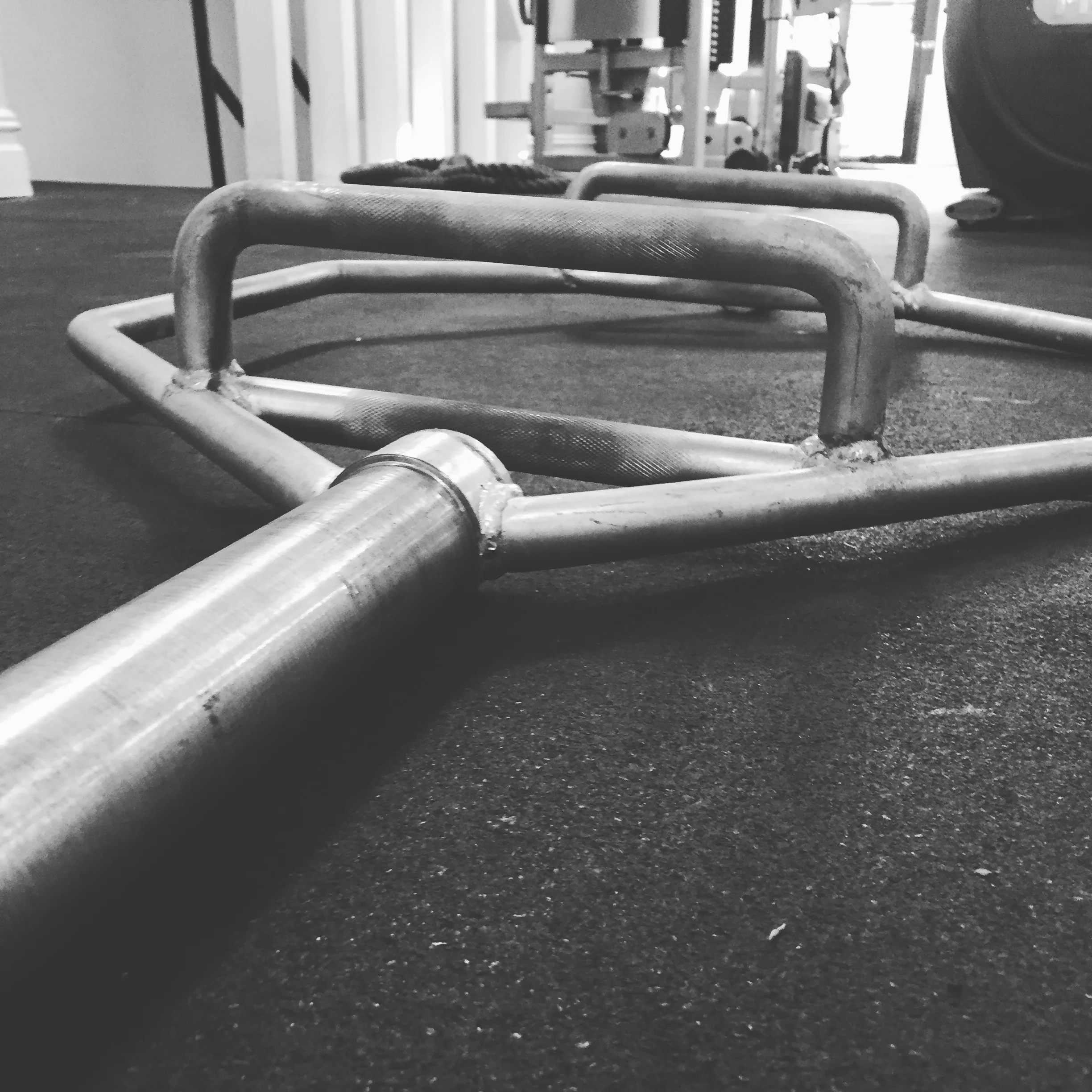A habit is a consistent craving and thought that leads to predictable emotions, actions, and behaviors. Habits are reflective of your old self. They represent the activities of your past, and predispose you to a foreseeable future. Good habits are the process by which we achieve long term goals. Bad habits do not align with what we hope to achieve. Society typically views habits as a physical phenomenon. Something you do, focused primarily on actions and behaviors. Rarely talked about, is the physiological impact of habits, and how we can create a new future before lifting a finger.
Neurologically, habits are strong and steady electrical signals, wave types, frequencies, polarities, and patterns in the brain and body.
From an endocrine perspective, habits are high resting levels and mobilization of hormones associated with chronic emotional states.
From a genomics standpoint, habits are the expression or down-regulation of genes.
Habits are rhythms. Biological expectations. After a habit is formed, our body anticipates its occurrence. If you eat lunch every day at noon, by 11:30ish, your stomach starts releasing digestive enzymes, preparing you to eat and digest. If you go to sleep every night at 10pm, by 9:30ish, your brain releases melatonin to prepare you to sleep. Location, the five senses, and time of day all pool together to form associations with the habitual activity. The more associations you have, the more likely you are to engage in the habit.
Example: If I am trying to form the habit of meditating, I will increase my chances of forming that habit by:
Meditating at the same time of day (time)
Meditating on the same couch (location)
Meditating with the same pillows and blanket (sight, touch)
Lighting a sweet smelling candle as soon as I sit (scent)
Ringing a bell at the start and end of every session (sound)
Leaving the candles and bell in clear sight next to my meditation couch (sight)
There are associations everywhere. Most of the time they go unnoticed by the conscious brain, yet influence our behaviors. Thankfully, we can control many of these cues, to weaken strong associations that are undesirable, and strengthen associations to behaviors we want to engage in consistently. By controlling your cues, you are controlling your subconscious, and improving your ability to create new, or discontinue old habits.
As we know, habits are persistent cravings and emotions that lead to behaviors. These behaviors influence, or are influenced by, the expression or repression of genes that regulate cells, which regulate tissues, which regulate organs, which regulate systems. Genes alone do not determine anything. They are about potentials and vulnerabilities. Environment is the driving force that tells us whether a gene will be expressed to its fullest potential, or down-regulated and dysfunctional.
Environment is typically thought of as the physical space around us, the people we spend time with, the culture we adhere to, the food we eat, the air we breathe, but it is also an internal state. Internally, our environment is our cravings, thoughts, and emotions, aka the root cause of our habits. Chronic stress, over time, has been proven to make us sick and diseased. Chronic stress is a product of thoughts and cravings. Chronic stress, therefore, is a habit. The beauty about this phenomenon is that if our thoughts can make us sick, our thoughts can also make us better. Our thoughts condition our physical body and drive habits. By focusing our thoughts, emotions, and intentions on a new and different outcome, we can change our internal environment, signal genes in new ways, and anticipate a new future.
This type of internal work enhances our ability to make and break habits before we even lift a finger. It stacks the deck in our favor, and sets us up for success. When attempting to start a new habit, or break an old habit, consider first doing this:
Manage your external environmental cues in ways that support your new habit or weaken associations to the habit you wish to break.
Change your internal environmental cues through clear intentions, and elevated emotions:
Utilize the meditation cues listed above, close your eyes, and:
Identify exactly what you want to achieve
How would you feel if you were to achieve it? (Grateful, accomplished, happy, healthy, proud)
Place your focus on your heart, the area surrounding your heart, and the empty space surrounding your body
Fill that space with your elevated emotions (grateful, accomplished, happy, healthy, proud)
Feel it!
Stay there for a given amount of time (10-60 minutes)
When you are ready to stop, do an extra minute
Do it every day
Through this practice, you are changing your internal environment, and conditioning your body to a new mind. You are discontinuing the energy of old habits, and predisposing yourself to a new future. This work can enhance your ability to successfully create new habits, break old ones, and stop living in the past. It is time to create a new future.
Do you want more information on the science of this practice? Are you skeptical? Would you like guidance during this internal work? Dr. Joe Dispenza has introduced a new course that will give you the foundation on how to make this work. Follow THIS LINK to check it out.
Comment below and let me know what you think of this practice! Be sure to post and share it with others so that we can all raise our collective energy. Enjoy!


